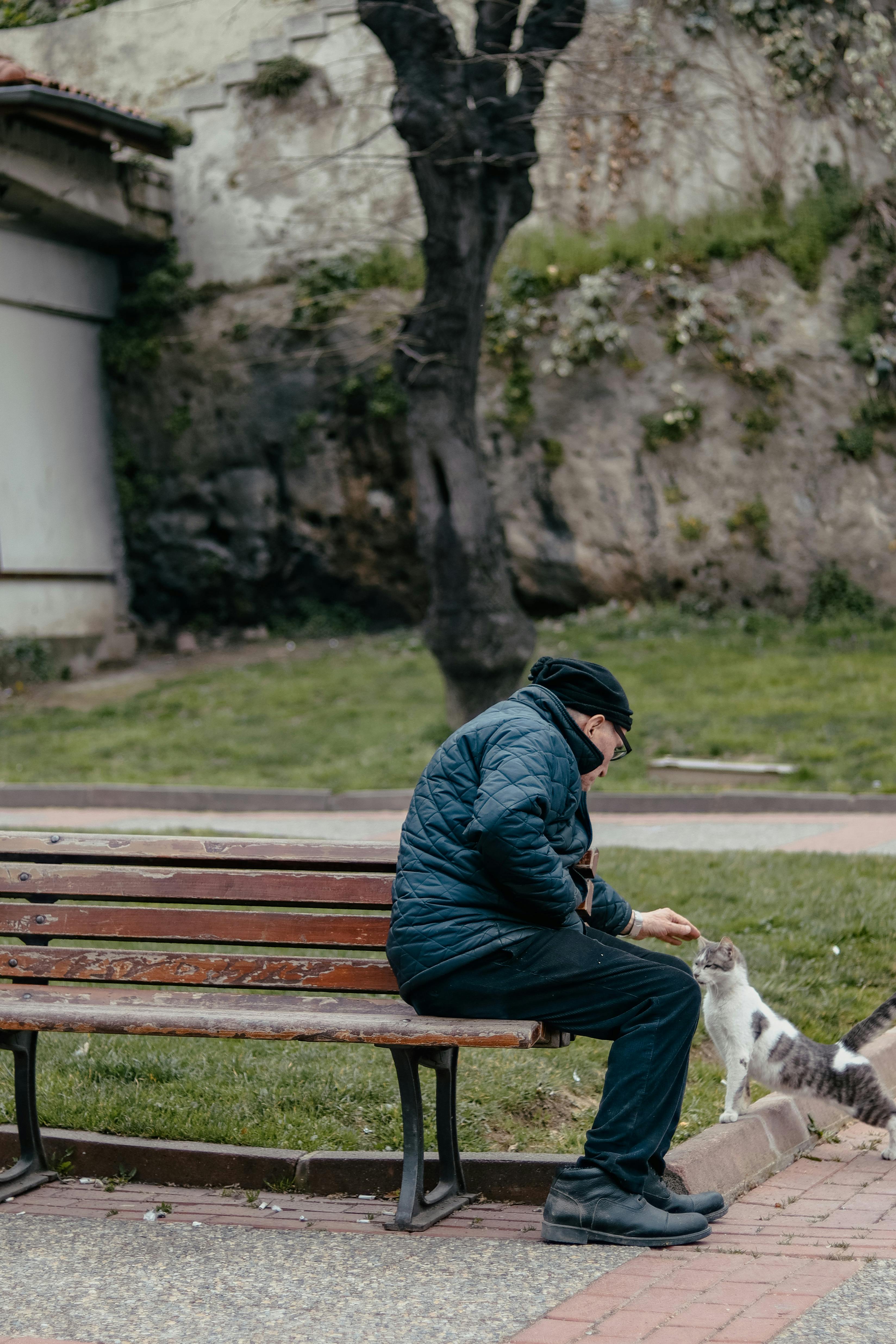Protecting Your Cat from Winter Cold: Essential Tips

Protecting Your Cat from Winter Cold: Essential Tips
As winter sets in, the dropping temperatures and harsh weather conditions pose a significant challenge, not just for humans but for our furry friends as well. cats, although equipped with a fur coat, are equally vulnerable to the cold and can suffer from hypothermia and frostbite if not adequately protected. This guide will provide you with essential knowledge on how to keep your cat safe and warm through the chilly months.
Understand Your Cat's Needs
cats are generally well-adapted to handle slightly cooler temperatures. However, domestic cats are not as rugged as their wild counterparts. The degree of cold a cat can tolerate depends on its breed, age, health, and the thickness of its fur. For example, a thick-furred Maine Coon may endure colder temperatures better than a short-haired Siamese. Elderly cats, kittens, and those with health conditions should receive extra attention during winter.
Indoor Strategies for Warmth
Keeping your cat indoors during winter is the easiest way to protect them from the cold. Here are some indoor strategies:
- Warm Sleeping Areas: Provide insulated, draft-free sleeping places. Cat beds with sidewalls offer great insulation, and heated pet beds or warm blankets can add extra warmth.
- Maintain Ambient Temperature: Try to keep your home consistently warm. Use a programmable thermostat to regulate temperatures, especially when not at home.
- Humidity Control: Heating systems can dry out the air. Use a humidifier to maintain moisture levels, which can prevent your cat's skin from drying out.
Outdoor Safety Measures
If your cat spends time outdoors, extra precautions should be taken:
- Shelter: Ensure that your outdoor cat has access to a well-insulated shelter that is dry and protected from the elements. The shelter should be elevated, with the entrance facing away from prevailing winds. Straw bedding can provide additional insulation.
- Limited Exposure: Reduce the time your cat spends outside during extremely cold temperatures. Frequent, shorter trips outside are safer to prevent frostbite and hypothermia.
- Check for Cats: A common winter hazard for outdoor cats is seeking warmth under car hoods. Always check beneath your car and make noise by tapping on the hood before starting the engine.
Winter Health Considerations
Winter can exacerbate some health issues in cats. Here are a few tips to keep your cat healthy during cold months:
- Regular Vet Visits: Winter may aggravate arthritis or other chronic illnesses in cats. Regular checks can help manage these conditions effectively.
- Proper Nutrition: Ensure your cat has access to fresh, unfrozen water and consider increasing their food intake, as they may require more energy to stay warm.
- Grooming: Keep your cat’s coat well-groomed to ensure it provides the best insulation. This is particularly important for long-haired breeds that can get matted fur.
Conclusion
By understanding the specific needs of your furry companion and implementing effective protection strategies, you can ensure that your cat stays warm, healthy, and happy during the cold winter months. Remember, the comfort and safety of your pet depend largely on your awareness and preparedness, so take action today to make this winter a cozy and joyful season for your cat!
